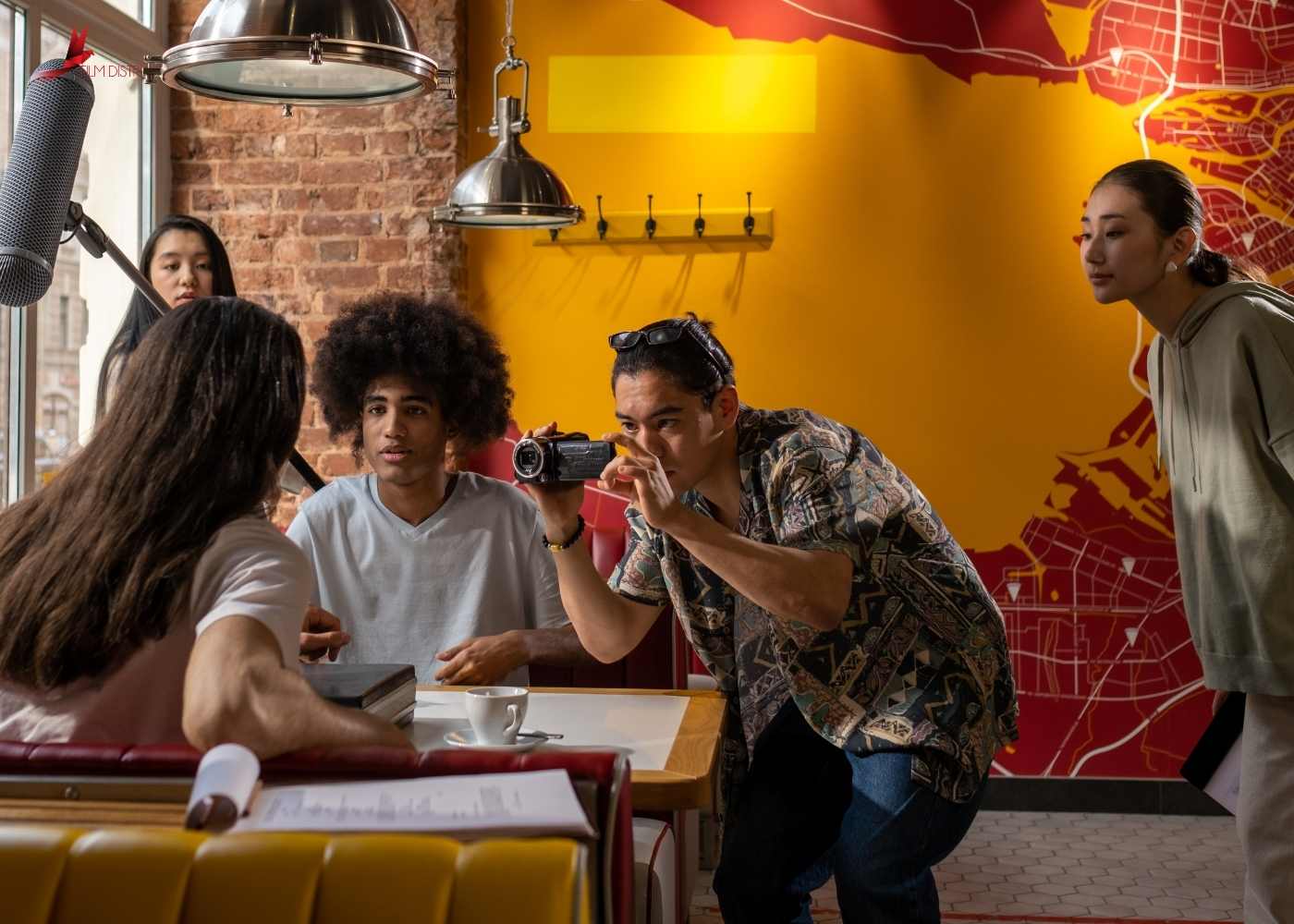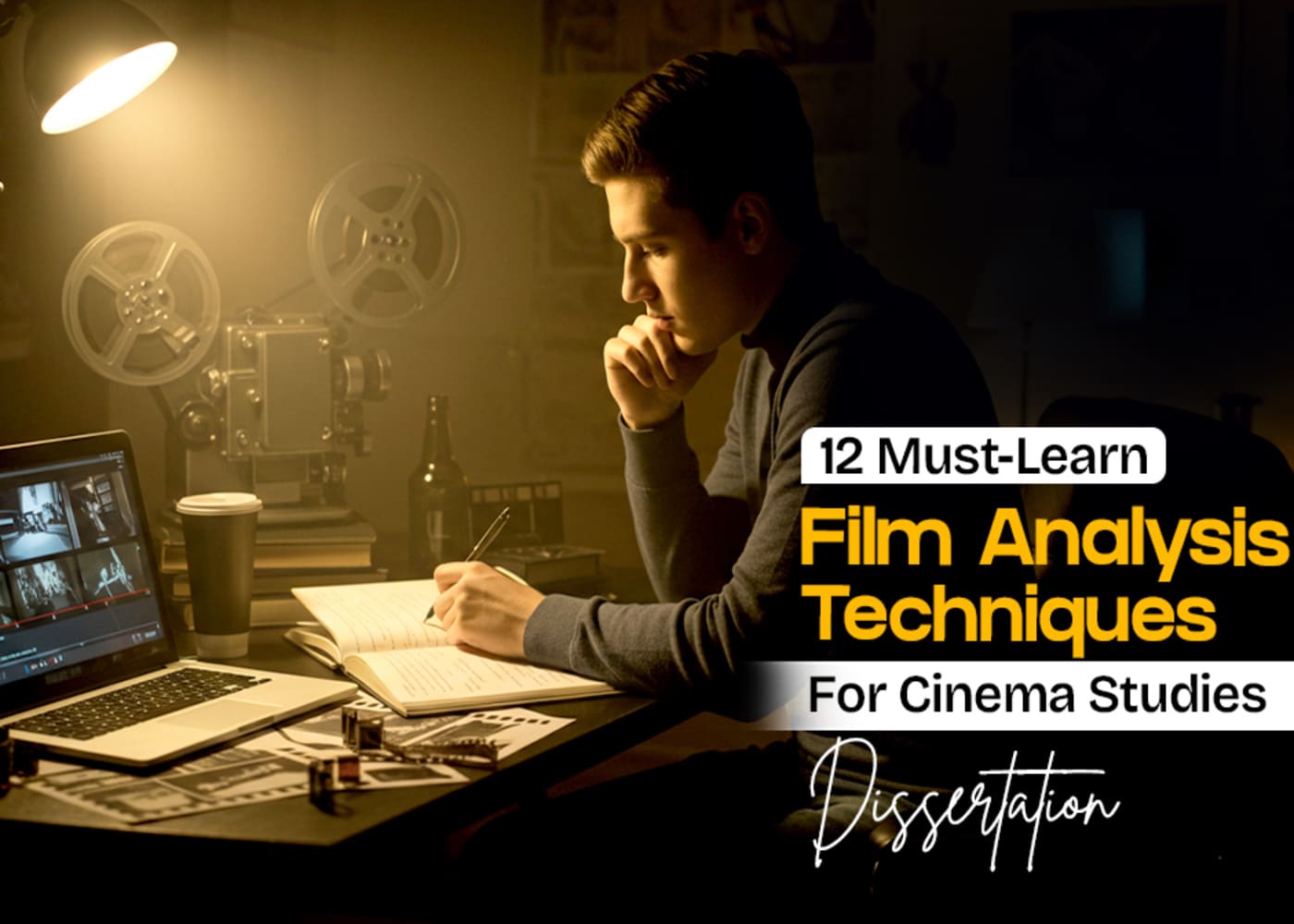Every movie needs some exposition, whether it's the traditional "Once upon a time..." or the iconic "In a galaxy far, far away..." scene from Star Wars. But crafting an explanation that works is a skill. Discover here the ideal ways to introduce characters, their histories, and plot points.
What Exactly Is Exposure?
The background knowledge the reader needs to be aware of in order for the world of your story to make sense is referred to as "exposition" in literary contexts. The method of including this kind of information in a story or movie is another definition of exposition. Exposure is most frequently used at the start of the novel and can include anything from character introductions to scene information and dialogue.
What Function Does Exposition Serve?
Exposition's primary goal is to shed light on the characters' motivations as well as the essential facts and situations that determine their dramatic situation in a movie. Effective exposition fills the universe of the story with essential, fascinating information. Exposition can also be used to hint at a significant occurrence or to defend the abilities and choices of a character.

Exposition Writing: Five Different Exposition Techniques
Exposure can be used in a variety of ways to explain the history of the characters and events in a movie. Here are a few of the most common exposition styles.
1. Dialogue. In a single scene, exposition can be delivered simply and effectively through dialogue between two or more characters.
2. Narration The use of narration or voiceover can reveal a character's true motivations or provide all-knowing perspective on events.
3. Mise-en-scene Props and other items that are visible but unheard of in a scene are known as mise-en-scène. Although they may seem inconspicuous, these particulars can transmit a lot of information quickly.
4. Title cards or text. Text or title cards may be the easiest way to provide your viewers with all the necessary information before the movie even starts.
5. A look back. Flashbacks are the most visual approach to put your character in the context of past events in a present-day story, however there are other ways to do it as well (versus having them simply recount the event, as they might in dialogue or narration).

Five instances of exposition in movies
Here are five exposition examples from over the years that show how excellent exposition can improve a movie and hold viewers' attention.
1. Alfred Hitchcock is a master of exposition, and "Rear Window" (1954) is a prime example. Hitchcock introduces Jeff's neighbours to the audience through their daily routines and the mise-en-scène of their flats in a three-minute long continuous shot. In addition to providing viewers with a preview of the voyeurism to come, this expository sequence also provides suggestions as to how each character will contribute to the plot.
2. "GoodFellas" (1990): To convey exposition, Martin Scorsese's famed mob film frequently uses voiceover from Henry Hill, the primary character, who is portrayed by Ray Liotta. The moment Henry walks his girlfriend Karen through a nightclub's rear entrance, though, is arguably the best example of exposition in the movie. Henry is treated with respect by everyone he encounters, and their route's exclusivity and security provide all the information we require about what it means to be a mobster.
3. "Shaun of the Dead" (2004): Films frequently employ TV news and radio to convey information. But in this exposition example, director Edgar Wright adds a special twist to the technique: rather than watching a continuous news segment, the viewer learns this information in bits and pieces as the bored and disinterested main character Shaun changes the channel on the TV and wanders into a convenience store. Effective exposition is achieved by combining the stress of the scene and the humour of Shaun's ignorance.
4. "Up" (2009): "Up" opens with a succession of pictures that lead us through the relationship between the main character Carl Fredriksen and his wife, Ellie. This is another superb example of a movie montage. We experience the happiness, love, and sorrow of the couple's many years of marriage in the course of just a few minutes without any discussion. One of the best exposition scenes in modern movie history is this one. In fact, the montage was dubbed "a masterclass in narrative exposition" by film reviewer Peter Bradshaw.
5. In the 2017 film "I, Tonya," the protagonist Tonya Harding (Margot Robbie) "breaks the fourth wall" to reveal important details about her life. This scene-based approach is effective in part because it highlights Tonya's bitterness and intransigence as well as her tenacity and ambition to excel as an Olympic figure skater.

Exposition Writing: A Step-by-Step Guide with 7 Tips
The time has come to capture the universe of your narrative on paper and introduce it to readers. Try the following advice for excellent expository writing if you're having trouble getting started or deciding how much material to include.
1. Don't tell; demonstrate. The maxim "show, don't tell" is one of the fundamental principles of screenwriting because movies are a visual storytelling medium. This implies that rather than merely "telling" the audience, you should always "show" them through movement or character behaviour. You might not even need an exposition if you "show, don't tell" well.
2. Integrate the growing action with the exposition. A good amount of explanation is presented inside a scene without interfering with the plot. While exposition is being laid out, move the main dramatic narrative along. As the hero attempts to ignite the device, explain how a bomb functions. Describe a villain's level of evil as the hero is actively escaping from him.
3. Add to the visuals. To enhance the action that is being shown on the screen, use narrative or voice-over. While it's best to leave some visual cues up to the audience to decode, others may benefit from the clarification or context that a narrator can add with additional information.
4. Create Characters who "stand in" for the audience. A stand-in for the audience can be included early on in your screenplay, such as Rashida Jones's character in The Social Network or Chrisann in Steve Jobs since they pose potential questions to the main character. This can help you get through exposition. He or she will assist in setting up the characters and the setting without burdening the audience with unnecessary or ostentatious exposition.
5. Make the most of debates. Arguments often increase in real life, and love partners frequently bring up the past during disagreements, making it the perfect setting for background information to be slipped in. An argument between lovers about home chores may become so heated that the wife brings up her husband's 15-year-old affair. This explanation seems appropriate because we think the wife would still be struggling with her prior infidelity and would bring it up in an urgent situation.
6. Keep it short—less is more. Say only what is necessary to ensure that the audience comprehends the story. Consider crafting a character monologue in which you go in-depth with the character's history and backstory. Start removing pieces of it after that. How much of this information is crucial, and how much is just extraneous information? How much of a scene can you depict rather than have said aloud? Does the character have to reveal their educational background or can they simply wear a college sweatshirt or pose in front of a framed diploma?
7. Make your characters knowledgeable in their subject-matter. Consider the scenario where you must describe how a virus is systematically wiping off the human race. Create a dynamic scientific character that has been studying this virus for years, is an authority on the subject, and whose duty it is to inform others about the infection in place of having a layperson google the information in a scene. A scene where the scientist must explain how the virus works to the United Nations or must appear on CNN to explain it to the general public, for instance, might be written since it feels realistic and would occur in the story's universe.
Film District Dubai provides you with invaluable information that can enhance your film and video production processes; as well as how to video production equipment, audio-visual equipment, web design and development, and lots more







